The Face Magazine: Culture Shift at the National Portrait Gallery
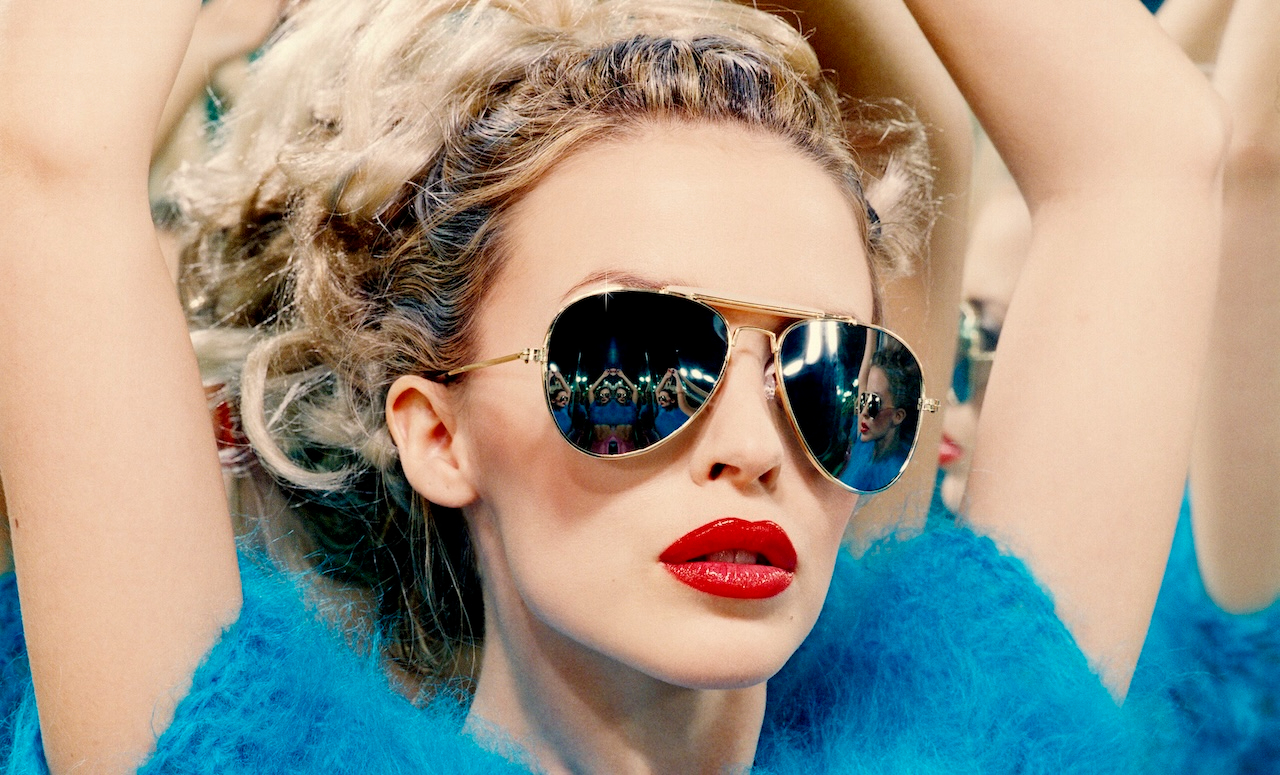
Those who visit the National Portrait Gallery come to greet the faces of history, from the austere gazes of Tudor royalty to candid snapshots of contemporary life. Here, a tapestry of human experience is presented, featuring the faces of men and women, the elderly and the young. It’s apt, then, that the NPG serves as the backdrop for the latest retrospective of The Face magazine. This pioneering publication, celebrated for its bold fashion and portrait photography, is, as the name suggests, all about faces: the faces of the famous and overly recognisable; the faces of the anonymous: those with striking features that, with just one click of a camera, become iconic. This retrospective does more than honour a seminal publication; it is an ode to the art of portraiture itself, the love between subject and photographer, and perhaps most importantly, the spirit of the avant-garde.
The Face Magazine: Culture Shift breathes new life into the photography that graced the pages of The Face magazine from 1980 to 2004. It brings together the works of over 80 photographers, including Sheila Rock, Stéphane Sednaoui, Corinne Day, David Sims and Elaine Constantine, featuring a collection of more than 200 photographs. For the first time, these images are displayed independently of the magazine’s pages. No photograph is dull; each portrait – whether rebellious, whimsical, naive or seductive – speaks volumes in its own right.
Right from its launch, the magazine sought to challenge traditional norms by subverting the usual hierarchies of fashion and celebrity. It democratised its cover space; the power of an image, rather than the fame of its subject or photographer, determined its selection. Nick Logan, the magazine’s founder, noted, “The Face invited people to feel they could be different, be creative, and do things that otherwise they couldn’t.” This ethos is vividly captured in the exhibition, where the polished faces of stars like Kylie Minogue, Naomi Campbell and Grace Jones stand side by side with raw, exhilarating snapshots of anonymous youths dancing in clubs. These images, perhaps the most evocative in the show, embody what The Face set out to capture – the pure, the spontaneous and the sublimely authentic.
The show retraces the foundational years of The Face, an era marked by the emerging fusion of music and fashion. These years were profoundly influenced by graphic designer Neville Brody, whose tenure as art director from 1981 to 1986 was crucial in defining the magazine’s bold visual identity. During this period, The Face significantly expanded its influence in promoting musical artists. Highlights include Eddie Monsoon’s joyful portrait of Neneh Cherry, a stark black-and-white image of George Michael, the English ska and pop band Madness in a dynamic New York street scene shot by Jill Furmanovsky; or a dreamlike portrait of David Bowie on a Tokyo subway by Masayoshi Sukita.
A standout section of the exhibition features the work of stylist Ray Petri, a pivotal figure in fashion photography. As a core member of the West London “Buffalo group” alongside photographer Jamie Morgan, Petri shot images that broke sharply from mainstream trends, instead capturing deep, authentic emotions reflective of his personal experiences. One of his most celebrated pieces showcased here is the inaugural cover featuring British Burmese model Nick Kamen for “Winter Sport, 1984” – a watershed moment for The Face. Another remarkable piece on display is Max Vadukul’s photograph of Jean Paul Gaultier’s entire atelier. The whole group pauses in a theatrical freeze-frame of chaos, with arms and legs aloft and backs arched, each expression gleaming with mischief. There’s a certain Buster Keaton-esque charm to this image.
The 1990s were the pinnacle of success for The Face, with photography that captures the era’s defining moods and movements. Here, you find some iconic images that all exist somewhere in our collective psyche. Among these, the unmissable black and white portraits of Kate Moss by Juergen Teller stand out. These are the images that catapulted her to superstardom. Just as good are lesser-known gems like “Mosh” by Elaine Constantine, a photoshoot she did in one of her favourite New York clubs. For this, Constantine used flyposting to assemble a group of anonymous youths known for their frequent crowd diving. The result is explosive.
Ultimately, what shines through is a genuine passion and love for photography. Today, much of fashion photography is obscured by the heavy veils of fame, PR and luxury brands pushing their own agendas. Here, none of that interference exists – just beautiful portraits, made by talented people.
When The Face paused publication in 2004, it left a notable gap in avant-garde fashion journalism. Returning 15 years later in both print and digital formats, the magazine now navigates a profoundly changed media landscape. It’s worth watching what The Face does next as it aims to continue producing truly authentic photography amidst an evolving fashion industry. Matthew Whitehouse, current Editor-in-Chief, discusses The Face’s ongoing opportunity to reshape its legacy. “The Face,” he says, “is a moment in time, a repository of ideas, something to grasp, to hold – youth culture in its most potent form.”
Constance Ayrton
Image: Kylie Minogue by Norbert Schoerner (styled by Adam Howe), June 1994 © Norbert Schoerner
The Face Magazine: Culture Shift is at from 20th February until 18th May 2025. For further information or to book visit the exhibition’s website here.

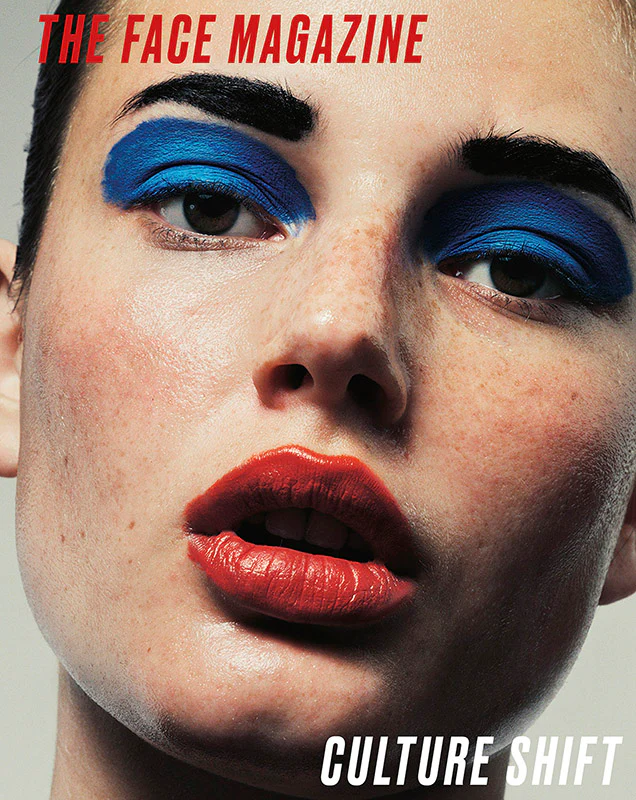

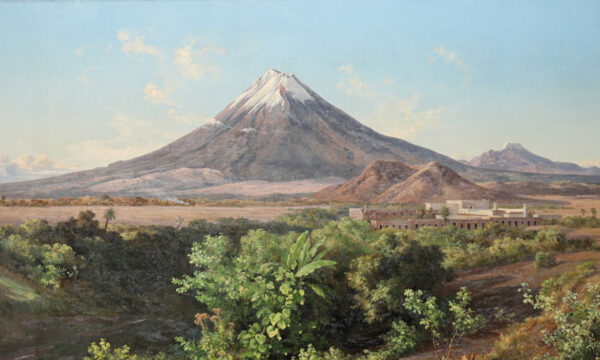
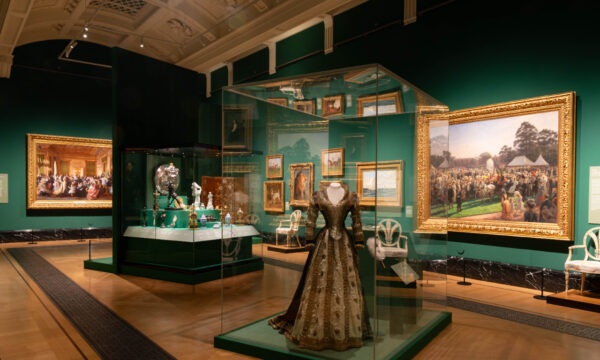
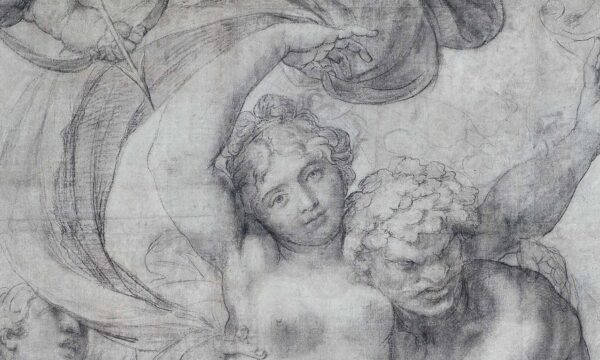
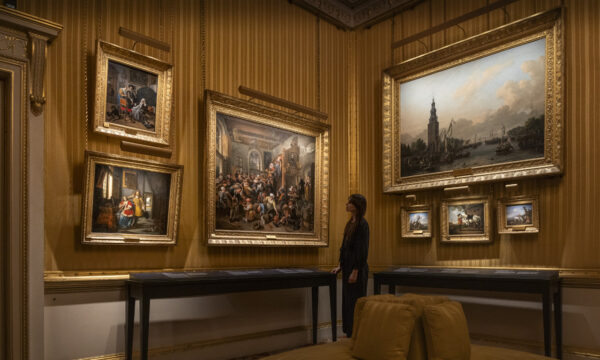
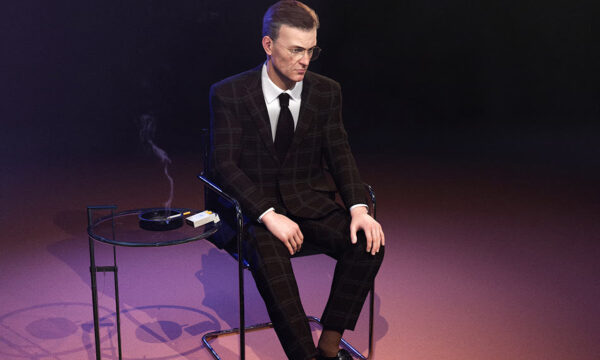
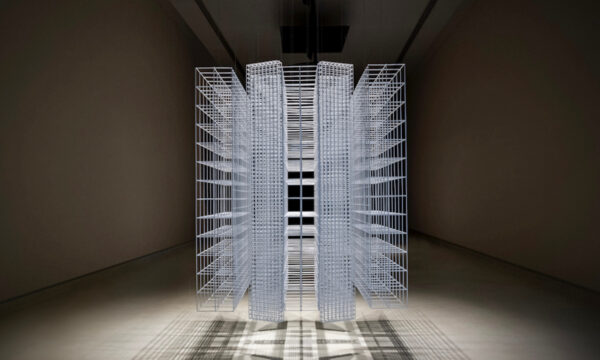
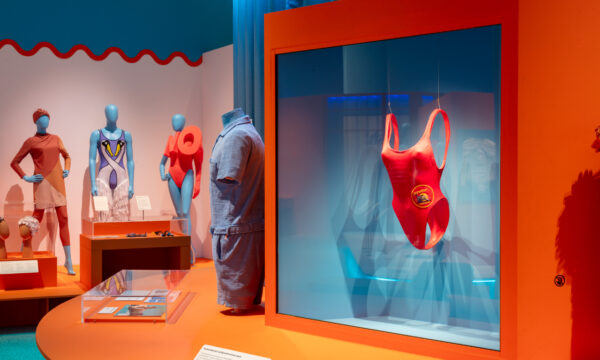
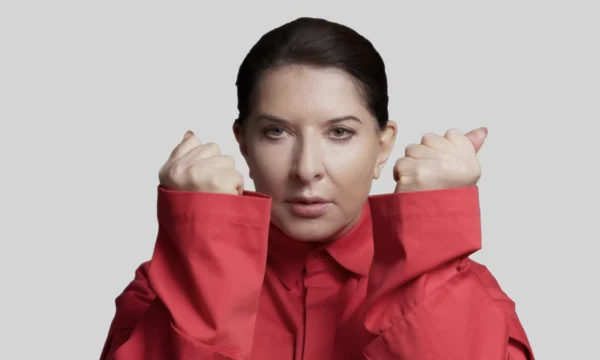
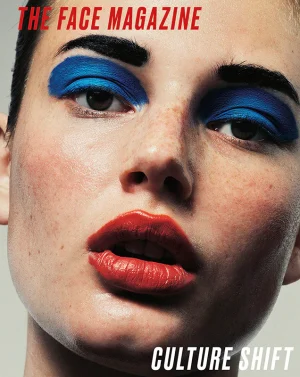


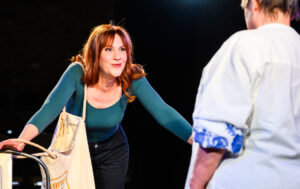

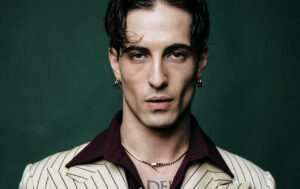

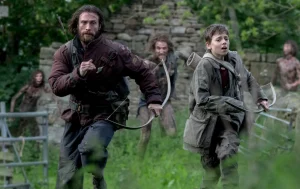
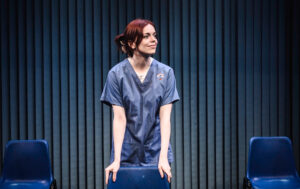
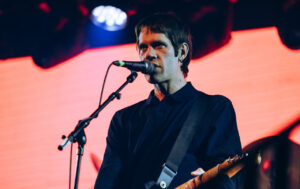





Facebook
Twitter
Instagram
YouTube
RSS